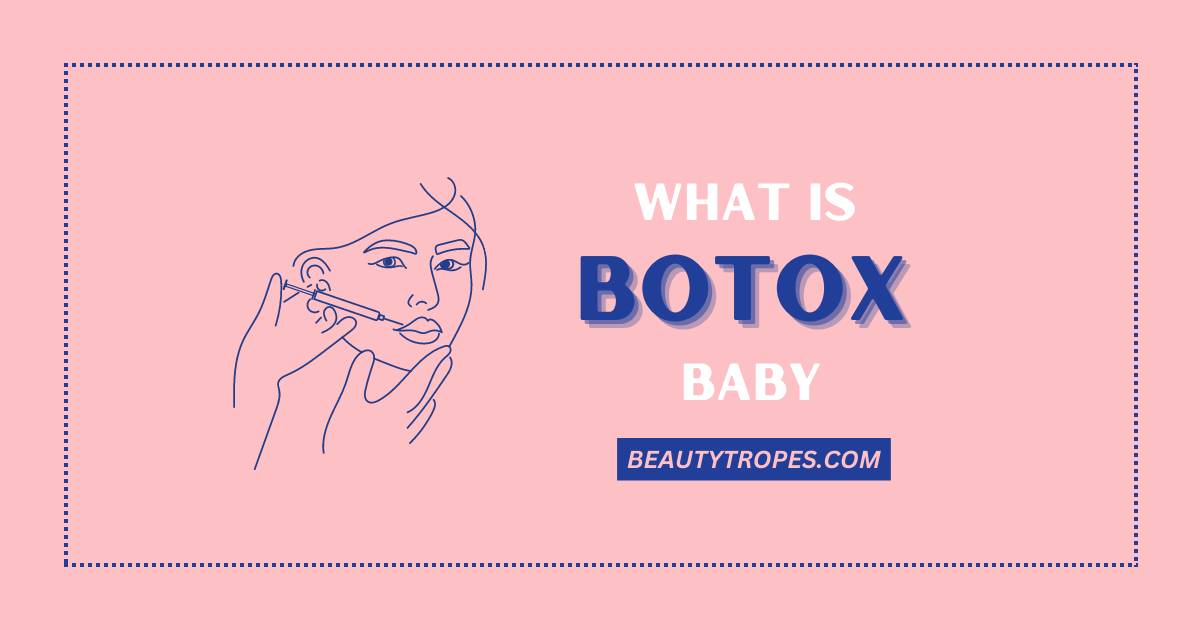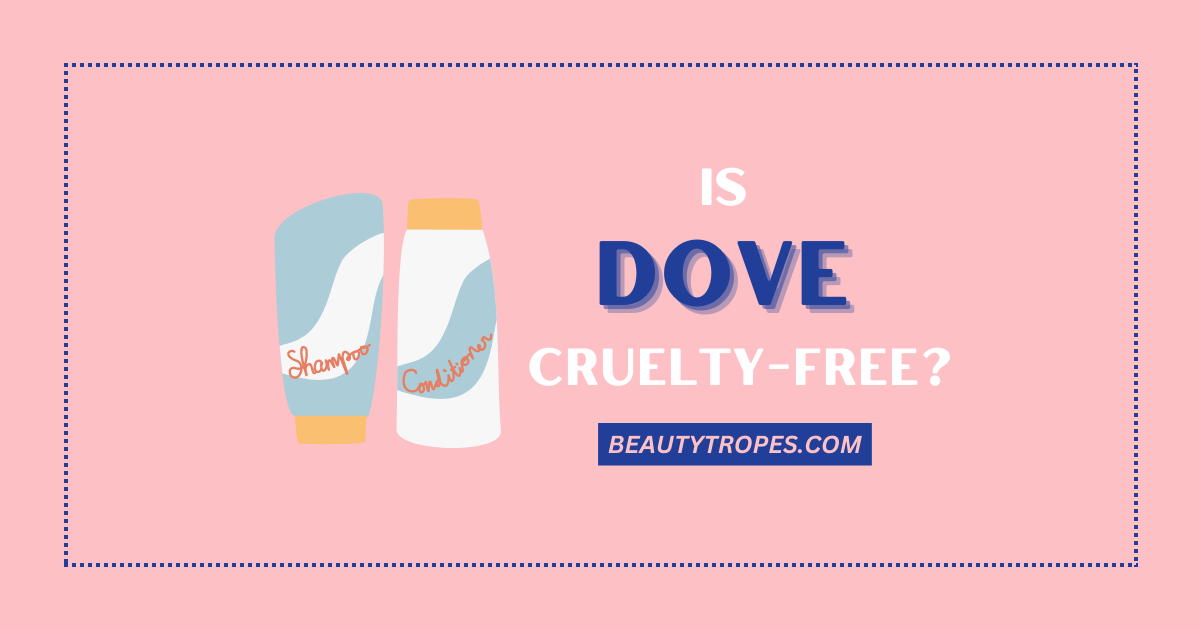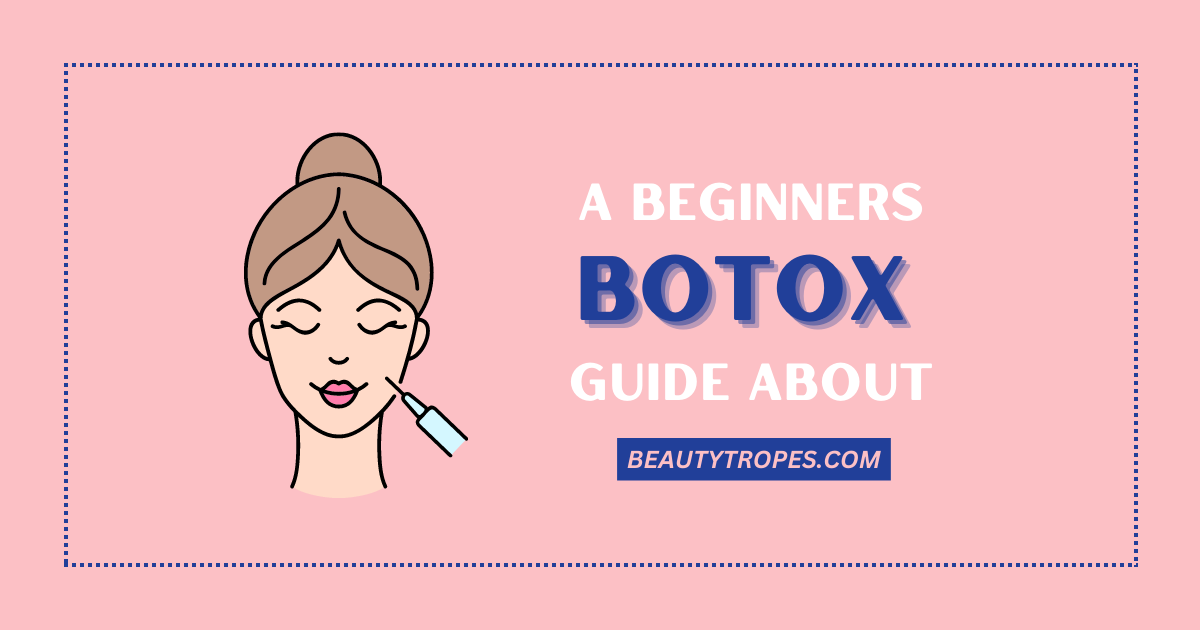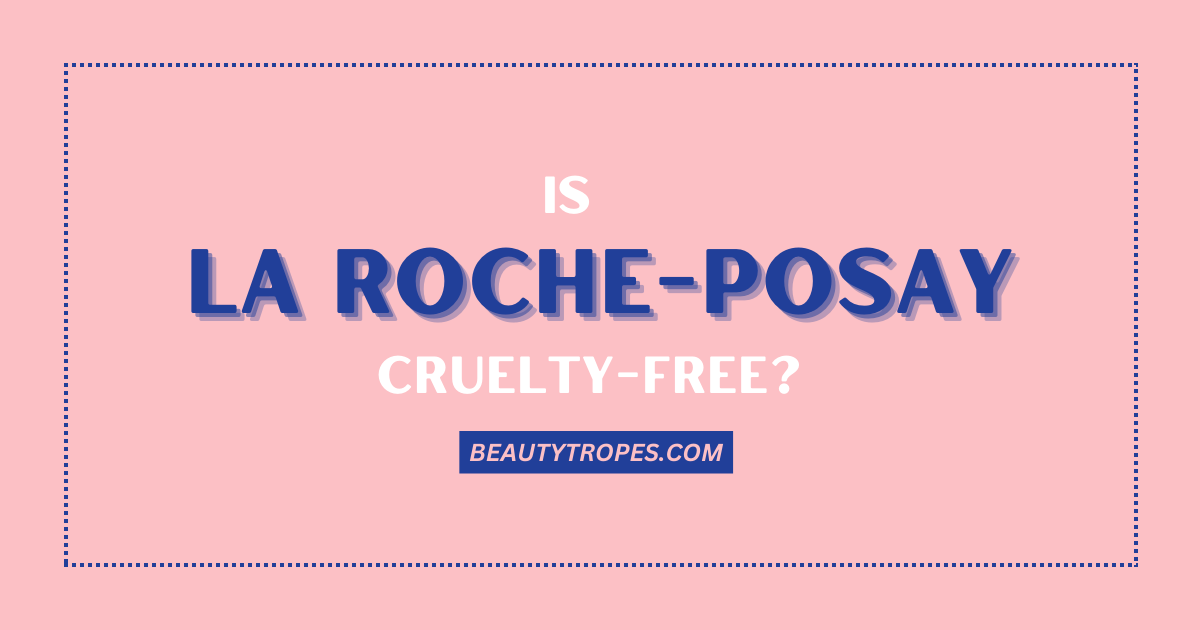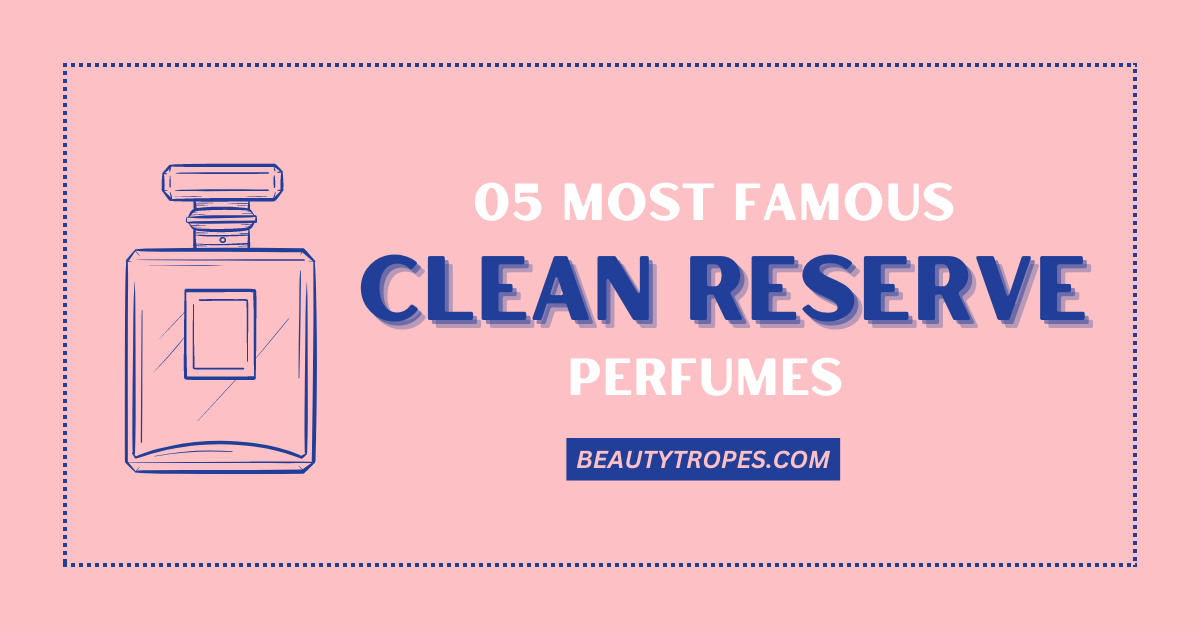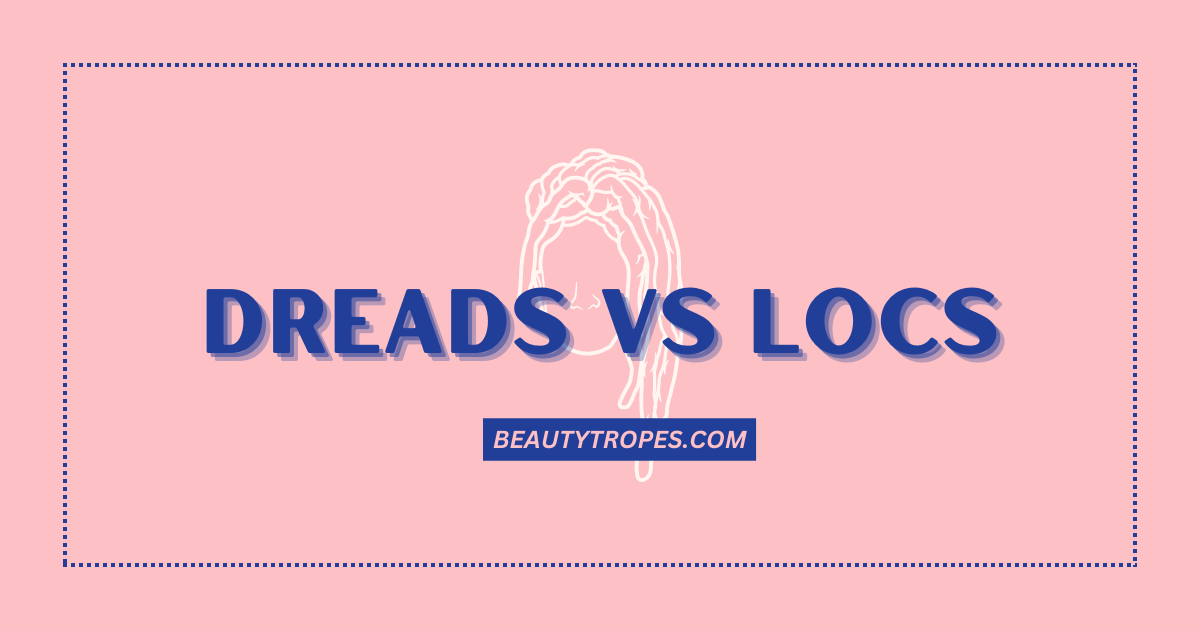WHAT Is Baby Botox? Say Goodbye to Wrinkles in 2023
Botox has become a household name in aesthetic medicine. It’s a popular treatment that helps to smooth out wrinkles and fine lines, resulting in a more youthful and rejuvenated appearance. While Botox is primarily known for its use in treating wrinkles, a newer and gentler form of the treatment has emerged in recent years – baby Botox.
What is Baby Botox?
Baby Botox, as the name suggests, is a lower-dose version of the regular Botox treatment. It treats fine lines and wrinkles, giving patients a more subtle and natural-looking result. This treatment has been gaining popularity recently, with many people opting for it as a preventative measure against aging.
In this article, we’ll explore everything you need to know about baby Botox, including how it works, its advantages, and potential risks and side effects.
How Does Baby Botox Works?
Botox is a neurotoxin that temporarily paralyzes the muscles in the face, reducing the appearance of wrinkles and fine lines. It works by blocking the signals that travel from the nerves to the muscles, preventing them from contracting.
Baby Botox works the same way as regular one, but with lower doses of the toxin. This approach reduces the risk of over-treatment and provides a more natural-looking result. It is ideal for people who want to maintain their appearance without invasive procedures.
Targeted Areas of Treatment
Different areas of the face, including the forehead, crow’s feet, and frown lines can be treated with baby botox. The treatment also effectively reduces the appearance of fine lines around the mouth and chin.
Advantages of Baby Botox
Botox is a versatile, non-invasive, and affordable treatment option that can produce natural-looking results with minimal side effects. Here are some more advantages:
Subtle Look
One of the most significant advantages of More Subtle Look is its ability to provide a more subtle and natural-looking result. Since the doses of the toxin used are lower, patients can avoid the “frozen” or “overdone” look that can sometimes occur with regular Botox.
Quick and Easy
It requires less downtime and recovery. Patients can typically resume their daily activities immediately after the treatment.
Affordable
It is less expensive than other cosmetic treatments, such as surgical procedures. It makes it a more accessible option for patients with a limited budget.
Risks and Side Effects
As with any cosmetic procedure, there are also some potential risks and side effects associated with baby Botox.
- Temporary bruising or redness at the injection site
- Swelling and tenderness around the injection site
- Headache
- Nausea
- Flu-like symptoms
- Drooping of the eyelids or eyebrows
- Uneven smile or facial expression
- Muscle weakness in the treated area
- Allergic reaction
- Vision changes
- Difficulty swallowing or breathing
- In rare cases, botulism, a potentially life-threatening condition caused by the botulinum toxin.
These side effects are usually temporary and resolve within a few weeks.
Preparation
Before you undergo the treatment, there are a few things you should do to prepare. First and foremost, you should consult a qualified and experienced dermatologist to ensure the treatment is right for you. They will assess your skin and discuss your concerns and goals to determine the best action.
Once you have decided to proceed with the treatment, you should avoid taking blood-thinning medications such as aspirin or ibuprofen for at least a week before your appointment. It will help reduce the risk of bruising and swelling.
You should also avoid alcohol and smoking for at least 24 hours before the treatment. It will help reduce inflammation and improve the results of the treatment.
What to Expect During the Procedure?
It is a relatively quick and straightforward procedure, usually taking 10-15 minutes to complete. Before the treatment, your dermatologist will clean the area and may apply a topical numbing cream to help reduce discomfort.
Next, they inject small amounts of Botox into the targeted muscles using a fine needle. After the injection, you may experience mild pain, swelling, or redness in the treated area. You can apply an ice pack to the area to help reduce any swelling or discomfort.
Aftercare Instructions
After your treatment, you should do a few things to ensure you get the best possible results.
- Avoid rubbing or massaging the treated area for at least 24 hours after the injection. It will help prevent Botox from spreading to other facial areas.
- Don’t do strenuous exercise or activities that may increase blood flow to the treated area for at least 24 hours after the treatment. It will help reduce the risk of swelling or bruising.
- Avoid lying down or bending over for at least four hours after the injection. It will help prevent Botox from migrating to other areas of the face.
Baby Botox and Celebrities
In recent years, many celebrities have undergone Baby Botox, and it has become popular among them.
Here are some examples of Celebrities:
Kylie Jenner
She is the youngest of the Kardashian-Jenner sisters and is no stranger to cosmetic procedures. In 2018, she revealed she had tried Baby Botox to smooth out her forehead and crow’s feet. She stated that the smaller doses allowed her to maintain her facial expressions while still getting the desired results.
Jennifer Aniston
She is known for her youthful appearance and has also been rumored to have tried Baby Botox. She is believed to use smaller doses of Botox to smooth out the fine lines around her eyes and forehead.
Chrissy Teigen
Model and television personality Chrissy Teigen has been open about using Botox. She has stated that she prefers Baby Botox because it allows her to maintain a natural look while still getting the desired results.
Who is a Good Candidate for Baby Botox?
While baby Botox is a popular treatment, it’s not suitable for everyone. If you’re considering baby Botox, it’s essential to determine if you’re a good candidate for the treatment.
Factors to consider
Age
There’s no set age limit for baby Botox, the treatment is typically most effective for individuals in their 20s to 40s who are just starting to show signs of ageing. For individuals over 50, regular Botox or other cosmetic treatments may be more appropriate.
Skin Condition
It is best suited for individuals with mild to moderate wrinkles and fine lines. A different treatment may be necessary if you have more severe wrinkles or deep lines.
Additionally, baby Botox is ineffective for treating sagging or significant skin laxity.
Medical History
Before undergoing treatment, it’s essential to disclose your medical history to your doctor. Certain medical conditions, such as autoimmune disorders, may make you ineligible for the treatment.
It may not be a safe option if you have a history of allergic reactions to Botox or other neurotoxins.
Pregnancy and Breastfeeding
If you’re pregnant or breastfeeding, undergoing baby Botox treatment is not recommended. While the risks of the medicine during pregnancy or breastfeeding are unknown, it’s best to take precautions and wait until after you’ve given birth or finished breastfeeding.
Overall Health To undergo baby Botox, you should have good health. If you’re experiencing an illness or infection, postponing the treatment until you’ve fully recovered is best.
Realistic Expectations
It’s essential to have realistic expectations before undergoing treatment. It can help reduce the appearance of wrinkles and fine lines but won’t completely erase them.
Additionally, while the treatment can provide a subtle and natural-looking result, it won’t create a dramatic transformation.
Baby Botox and Patient Satisfaction
Studies have shown that patient satisfaction with Baby Botox is generally high. A 2017 article published by the American Society for Dermatologic Surgery found that 92.3% of patients who received Baby Botox reported being satisfied with the results.
Here are some factors that can affect patient satisfaction:
- Provider Experience and Skill
The skill and experience of the provider administering the Baby Botox injection can also impact patient satisfaction. A qualified and experienced provider can help with the treatment safely and effectively, resulting in satisfactory outcomes. Choosing a board-certified dermatologist or plastic surgeon with experience in administering Baby Botox is essential. Patients should research their provider’s credentials and experience before undergoing the procedure.
- Pain Management
Pain management is another factor that can influence patient satisfaction with Baby Botox. This procedure is typically painless, but some patients may experience mild discomfort during the injection. A skilled doctor can minimize pain and discomfort during the process, ensuring a more comfortable experience for the patient. Some offer pain management options such as numbing creams or ice packs to reduce discomfort.
- Downtime
Another factor that can influence patient satisfaction is the downtime associated with the procedure. Baby Botox has minimal downtime, with patients returning to regular activities immediately after the process. However, some patients may experience minor swelling or bruising, which can take a few days to resolve. Patients should be informed of the potential side effects and downtime associated with the procedure to set realistic expectations.
- Cost
Cost is also a significant factor influencing patient satisfaction with any cosmetic procedure. It is less expensive than traditional Botox injections due to the smaller doses used. However, the cost can vary depending on the provider’s experience, location, and the number of areas treated. Patients should discuss the cost of the procedure with their provider during the consultation to avoid surprises.
- Expectations
Patient expectations are crucial to their satisfaction with any cosmetic procedure, including Baby Botox. Before this procedure, it is essential to clearly understand what the treatment can and cannot do. Patients with unrealistic expectations or seeking dramatic results may not be satisfied with the treatment outcome. Therefore, it is essential to have a thorough consultation with the provider and discuss the expected consequences to ensure that they align with the patient’s goals and expectations
By understanding these factors, patients can decide whether Baby Botox is right for them.
Emerging Technologies and Innovations For Baby Botox
Several emerging technologies and innovations are being developed to improve the effectiveness and safety of Baby Botox. Here are some innovations:
Microinjections
One of these innovations is using microinjections, which involve injecting small doses of Botox into the skin using a micro-needle. This approach is less invasive and more precise, resulting in less discomfort and downtime.
Ultrasound Technology
Another innovation in Baby Botox is using ultrasound technology to guide the injections. Ultrasound technology allows practitioners to visualize the layers of the skin and target specific areas with greater accuracy. This approach reduces the risk of complications and improves the overall effectiveness of the treatment.
Topical Botox
This process involves applying a topical cream or gel containing a small amount of Botox to the skin. The cream is absorbed into the muscles beneath the skin, where it blocks the signals that cause wrinkles and other imperfections. This approach is beneficial for patients who are afraid of needles or have low pain tolerance.
Automated Injection Systems
These systems use computer-controlled needles that can deliver precise amounts of Botox to the target muscles. This technology is beneficial for patients with sensitive skin or concerned about the injection’s accuracy. Automated injection systems can ensure that the Botox is delivered precisely where it needs to be, resulting in a more natural and effective outcome.
Personalized Treatment Plans
These plans involve using advanced imaging and analysis tools to create a customized treatment plan for each patient. By analyzing the patient’s skin and facial structure, practitioners can determine the best course of treatment for each individual. This approach is particularly useful for patients with complex medical histories or unique facial structures requiring customized treatment.
Final Thoughts
Baby Botox has become a popular cosmetic treatment option for patients seeking a subtle yet effective way to reduce the appearance of fine lines and wrinkles. This technique involves using smaller amounts of Clostridium botulinum in more precise locations to achieve a natural-looking result.
The treatment is safe and minimally invasive, with minimal downtime. But several emerging technologies and innovations are being developed to improve the effectiveness and safety of the procedure, such as micro-Botox, ultrasound technology, and personalized treatment plans.
With proper care and attention, Baby Botox can effectively achieve a more youthful and refreshed appearance.
FAQs
What is the difference between Botox and baby Botox?
The main difference between Botox and baby Botox is the amount of toxin used and the targeted areas of the face. Both are forms of botulinum toxin used to reduce the appearance of wrinkles, but baby Botox uses smaller amounts of the toxin for a more subtle and natural-looking result.
How long does baby Botox last for?
The effects of Baby Botox typically last around two months, after which time the treatment can be repeated to maintain the results. However, individual results may vary depending on factors such as the patient’s metabolism and the amount of Botox used.
What age should you get baby Botox?
Baby Botox has no specific age requirement, as the treatment is based on individual needs and preferences. It is typically recommended for patients who show signs of ageing or want to maintain a youthful appearance.

